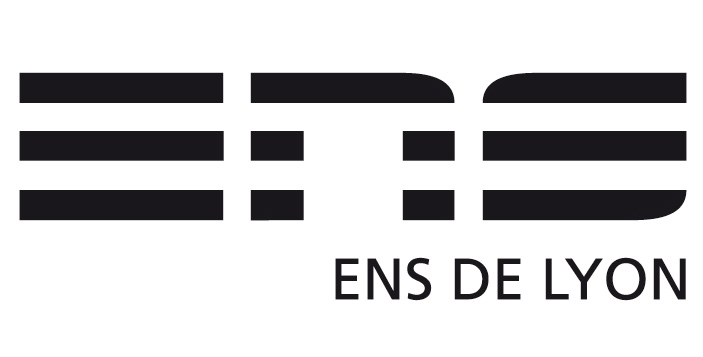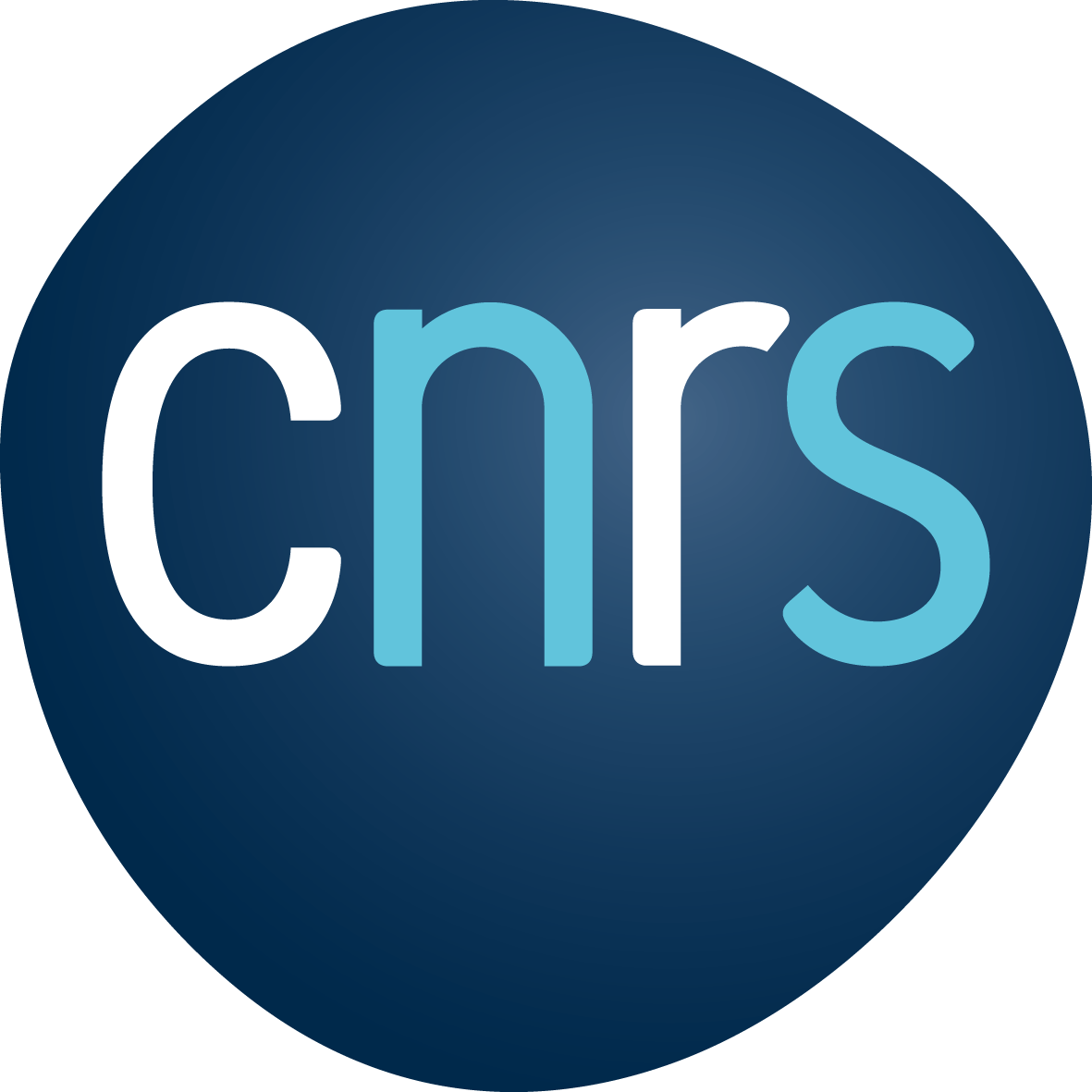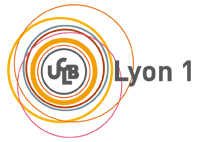Jean-Claude Chambron
| Quand ? |
01/10/2024 à 10:30 |
|---|---|
| Où ? |
Salle André Collet |
| Contact |
Max Perlot |
Constructs from Transition Metal-Incorporating Cyclotribenzylenes
Cyclotribenzylenes (CTBs)1 are bowl-shaped compounds, generally of C3 symmetry. They are useful building blocks for making cage-like compounds such as cryptophanes2 and hemicryptophanes.3 Originally constructed form covalent bonds, cryptophanes can also be obtained by transition metal-directed self-assembly.4 We were interested in the preparation of metallocryptophanes of sizes similar to those of the original organic cryptophanes in order to make direct comparisons. In this lecture, we shall explore three different approaches for making metallocryptophanes, which used: (i) weak coordination bonds, (ii) the combination of weak coordination bonds and strong organometallic bonds, and (iii) aurophilic interactions. For these objectives, we designed and synthesized C3-symmetrical and asymmetric CTBs bearing carbonitrile and/or alkyne substituents. These compounds were used for preparing (i) chiral pallado- and platinocryptophanes stereospecifically, with which we could study intermolecular CTB exchange processes,5 (ii) organoplatinum-bridged CTB dimers, the conformation of which could be extended or folded like a bivalve, the latter preorganized for metallocryptophane formation,6 and (iii) trinuclear gold(I) acetylide complexes with a series of phosphine auxiliary ligands of differing stereoelectronic properties, which could potentially self-assemble by aurophilic interactions, and were shown to exhibit solvent dependent aggregation into spherical nanoparticles coupled to a luminescence switch.7 These examples will illustrate the diversity of constructs and properties resulting from the incorporation of transition metal complex subunits into CTBs.
References.
1 A. Collet, J.-P. Dutasta, B. Lozach, J. Canceill, Top. Curr. Chem. 1993, 165, 103.
2 (a) T. Brotin, J.-P. Dutasta, Chem. Rev. 2009, 109, 88; (b) O. Baydoun, T. Buffeteau, T. Brotin, Chirality 2021, 33, 562.
3 D. Zhang, A. Martinez, J.-P. Dutasta, Chem. Rev. 2017, 117, 4900.
4 N. J. Cookson, J. M. Fowler, D. P. Martin, J. Fisher, J. J. Henkelis, T. K. Ronson, F. L. Thorp-Greenwood, C. E. Willans, M. J. Hardie, Supramol. Chem. 2018, 30, 255.
5 (a) A. Schaly, Y. Rousselin, J.-C. Chambron, E. Aubert, E. Espinosa, Eur. J. Inorg. Chem. 2016, 832; (b) A. Schaly, M. Meyer, J.-C. Chambron, M. Jean, N. Vanthuyne, E. Aubert, E. Espinosa, N. Zorn, E. Leize-Wagner, Eur. J. Inorg. Chem. 2019, 2691.
6 J. Zhang, F. Aribot, J.-C. Chambron, N. Zorn, E. Leize-Wagner, M. Jean, N. Vanthuyne, E. Espinosa, E. Aubert, Eur. J. Inorg. Chem. 2023, e202300284.
7 (a) J. Zhang, A. Schaly, J.-C. Chambron, B. Vincent, N. Zorn, E. Leize-Wagner, M. Jean, N. Vanthuyne, Chem. Eur. J. 2022, 28, e202103759; (b) J. Zhang, N. Zorn, E. Leize-Wagner, M. Jean, N. Vanthuyne, E. Espinosa, E. Aubert, B. Vincent, J.-C. Chambron, Dalton Trans. 2024, 53, 5521.



